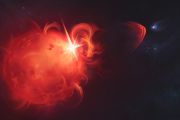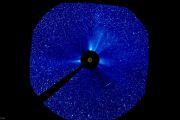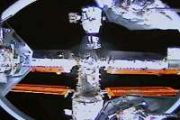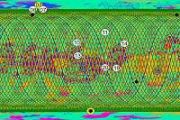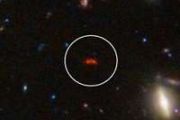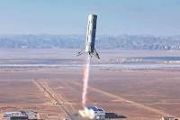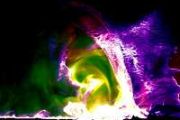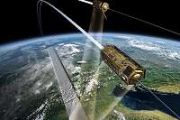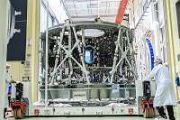
Copernical Team
Wildfires continue to rage in Greece
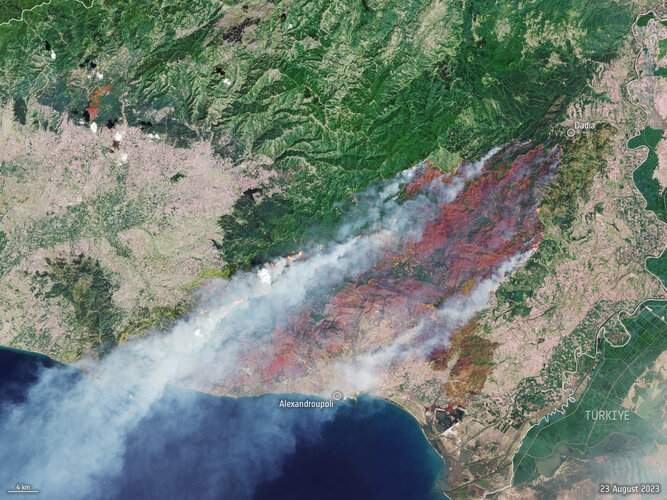 Image:
A month after fires ravaged the island of Rhodes in July 2023, more fires have ripped through Greece this week as southern Europe swelters under a late summer heatwave. This Copernicus Sentinel-2 image shows the ongoing blaze near Alexandroupoli in the Evros region of northeast Greece – close
Image:
A month after fires ravaged the island of Rhodes in July 2023, more fires have ripped through Greece this week as southern Europe swelters under a late summer heatwave. This Copernicus Sentinel-2 image shows the ongoing blaze near Alexandroupoli in the Evros region of northeast Greece – close Orion and I-Hab
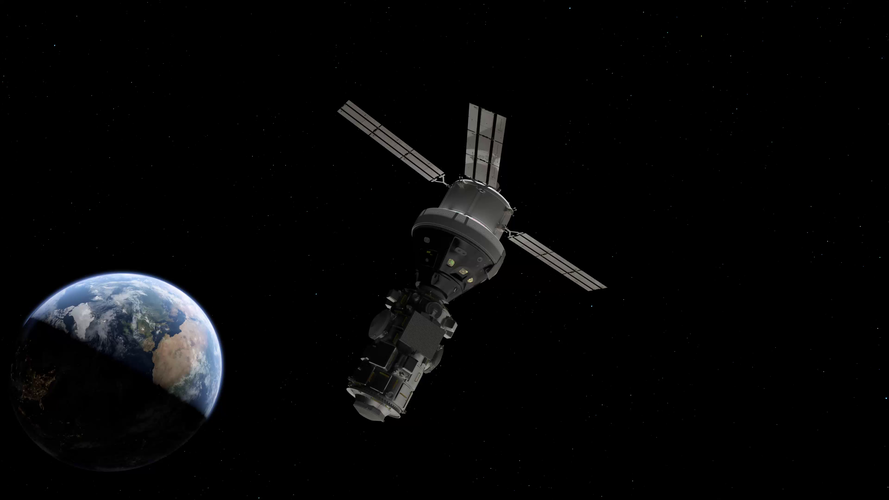 Video:
00:00:26
Video:
00:00:26
Animation showing the Orion spacecraft, powered by the European Service Module-4, with I-Hab for the Gateway.
The mega Moon rocket SLS will propel four astronauts inside Orion to the Moon on Artemis IV as well as deliver the I-Hab module to the lunar Gateway.
The international habitat or, I-Hab for short, is one of ESA’s many contributions to the lunar Gateway – an outpost that will orbit the Moon as part of the Artemis programme.
The I-Hab is a pressurised module that will provide living quarters for astronauts visiting the Gateway, including multiple docking ports for berthing vehicles as well
Delivering Esprit to Gateway
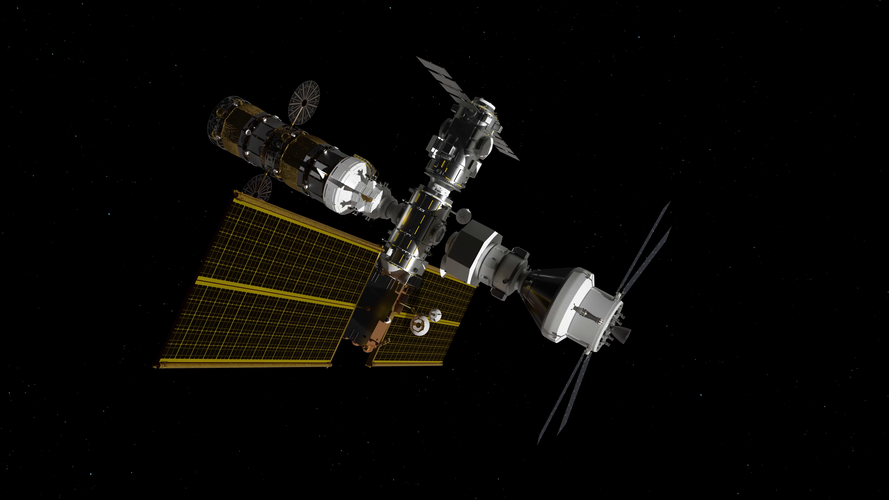 Video:
00:00:41
Video:
00:00:41
Animation showing the Orion spacecraft, powered by the European Service Module-5, delivering the Esprit to the Gateway, not shown is the lunar landing system that will also be docked to Gateway on arrival.
The mega Moon rocket SLS will propel four astronauts inside Orion to the Moon on Artemis V as well as deliver the Esprit module to the lunar Gateway.
Orion and the European Service Module will tug Esprit into position around the Moon and dock with the Gateway, pushing Esprit into position.
The Esprit refuelling module is part of the Gateway’s core structure. The module is 4.6 m
Mating Hera: two into one
 Video:
00:03:31
Video:
00:03:31
Hera is complete. ESA’s asteroid mission for planetary defence was built and prepared in two halves, but now, through a painstaking operation, they have been mated together to make a single spacecraft, ready for full-scale testing of its readiness for space.
The mating took place at OHB Bremen in Germany, with Hera’s Core Module raised more than 3 m above its Propulsion Module then gradually and carefully slotted into place, over a three-hour period. The modules had been placed in cages to ensure their correct alignment relative to each other down to a few tenths of a millimetre.
NASA selects geology team for the first crewed Artemis landing
 NASA has selected the geology team that will develop the surface science plan for the first crewed lunar landing mission in more than 50 years. NASA's Artemis III mission will land astronauts, including the first woman to land on the Moon, near the lunar South Pole to advance scientific discovery and pave the way for long-term lunar exploration.
"Science is one of the pillars of Artemis,"
NASA has selected the geology team that will develop the surface science plan for the first crewed lunar landing mission in more than 50 years. NASA's Artemis III mission will land astronauts, including the first woman to land on the Moon, near the lunar South Pole to advance scientific discovery and pave the way for long-term lunar exploration.
"Science is one of the pillars of Artemis," Tomorrow.io announces first weather report from space-based radar
 Joining the likes of NASA, weather intelligence company Tomorrow.io said Thursday its radar satellites have the unique ability to monitor precipitation intensity from space.
"This achievement places Tomorrow.io alongside NASA and JAXA (The Japan Aerospace Exploration Agency) as the only entities to have ever taken such measurements from orbit," the company announced.
Tomorrow.io
Joining the likes of NASA, weather intelligence company Tomorrow.io said Thursday its radar satellites have the unique ability to monitor precipitation intensity from space.
"This achievement places Tomorrow.io alongside NASA and JAXA (The Japan Aerospace Exploration Agency) as the only entities to have ever taken such measurements from orbit," the company announced.
Tomorrow.io Japan's 'Moon Sniper' mission looks to match Indian success
 Hot on the heels of India's historic lunar landing, Japan's space programme is hoping to rebound from a string of setbacks next week with the launch of its own mission: "Moon Sniper".
The rocket will carry a lander expected to reach the Moon's surface in four to six months as well as an x-ray imaging satellite designed to investigate the evolution of the universe.
The launch is scheduled
Hot on the heels of India's historic lunar landing, Japan's space programme is hoping to rebound from a string of setbacks next week with the launch of its own mission: "Moon Sniper".
The rocket will carry a lander expected to reach the Moon's surface in four to six months as well as an x-ray imaging satellite designed to investigate the evolution of the universe.
The launch is scheduled India's rover sends mission's first photos from moon's south pole
 India took another step in solidifying its historic status on the moon's south pole, sharing the Chandrayaan-3 mission's first photos of the surface.
The 57-pound Pragyaan rover slid down a ramp deployed by the Vikram lander Wednesday and will now start its scientific work of roaming around rocks and material and analyzing them for researchers back on Earth. Researchers believe water tr
India took another step in solidifying its historic status on the moon's south pole, sharing the Chandrayaan-3 mission's first photos of the surface.
The 57-pound Pragyaan rover slid down a ramp deployed by the Vikram lander Wednesday and will now start its scientific work of roaming around rocks and material and analyzing them for researchers back on Earth. Researchers believe water tr 

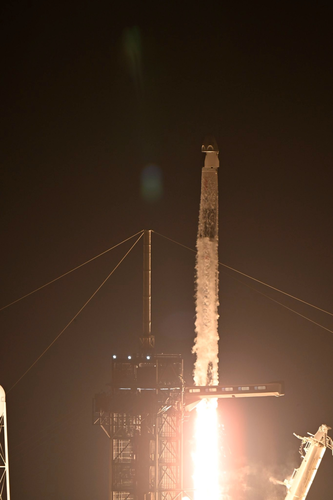 Image:
Huginn launch
Image:
Huginn launch 




